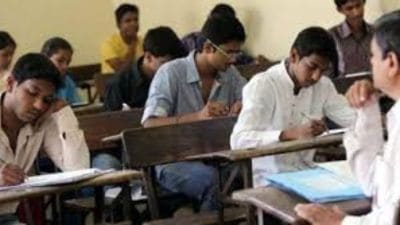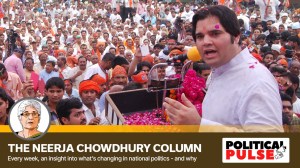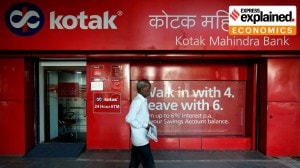- India
- International
No proof required: Move from NREGA to cash transfers
Because, for too long, the government and economists have only played at helping the poor
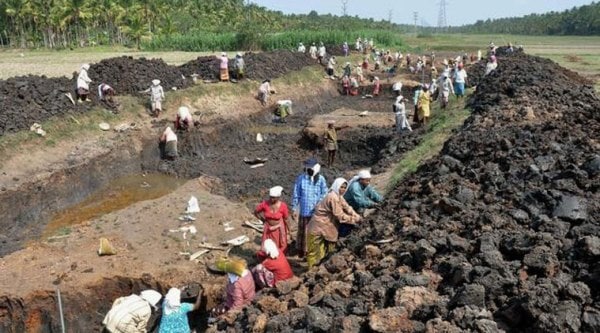 The problem with the NREGA is that there is a lot of leakage, that is individuals receive benefits and work payments for work that they have not done, or have done only on paper, or are not poor.
The problem with the NREGA is that there is a lot of leakage, that is individuals receive benefits and work payments for work that they have not done, or have done only on paper, or are not poor.
All Narendra Modi had to do was suggest that expenditures for the NREGA be restricted to the poorest 100 districts in India. Soon after, the sound and fury of the proponents of the NREGA descended upon those willing to disagree with them.
In a recent article, Abhijit Banerjee of MIT, one of the staunchest supporters of the NREGA, plaintively asks: “What’s the plan for MNREGA? Modi has to explain” (Hindustan Times, November 26). Banerjee admits that while there have been leakages in the NREGA in the past, according to the latest National Sample Survey (2011-12), the leaks have been substantially plugged, such that there is only 20 per cent leakage at present. Hence, there is no reason for PM Modi to reduce the size of the NREGA, and his demand for an explanation. In Banerjee’s own words: “Yet there are a lot of people who are beneficiaries of this [the NREGA] and will miss it when it is gone… Both sides (and indeed the entire nation) deserve to be told why this is the one UPA programme that has been singled out for the axe… [It is] one of the largest welfare programmes in the world. And contrary to what is sometimes suggested, these days, most of this money does not end up in the wrong pocket. Clement Imbert from Oxford University compared the number of days of MGNREGA employment reported in the National Sample Survey in 2011, with the corresponding report in the MGNREGA database, and found a gap of 20 per cent — implying that 20 per cent of the reported days of work did not happen. But 80 per cent did.”
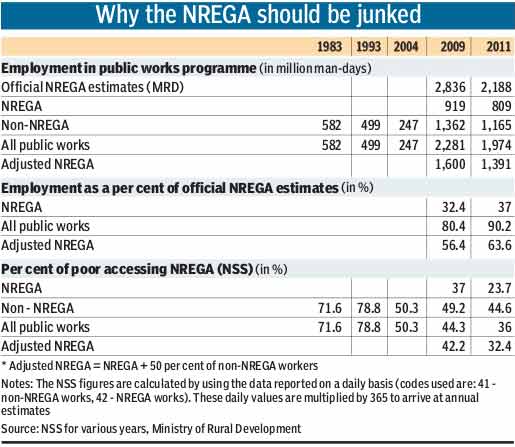 For the debate to begin, and for Modi to answer the plea of Banerjee and the other leading 28 economists who have demanded a relook at the decision to reduce this programme, it is important to get the facts right.
For the debate to begin, and for Modi to answer the plea of Banerjee and the other leading 28 economists who have demanded a relook at the decision to reduce this programme, it is important to get the facts right.
The problem with the NREGA is that there is a lot of leakage, that is, individuals receive benefits and work payments for work that they have not done, or have done only on paper, or are not poor. One of the great ironies of history is that the chief architect of the NREGA, Jean Dreze, had written an article (“Loot for Work Programme”, July 1, 2005, The Times of India) that dealt with the extraordinary corruption in employment programmes. Dreze: “The problem may be illustrated with reference to the maintenance of ‘muster rolls’. These muster rolls are crucial documents, which contain (or are supposed to contain) detailed information on the number of days of work performed by, and wages paid to, each labourer…
In Palamau, muster rolls were fudged with some sophistication. Some had names of labourers on the left-hand side, and their signatures (or thumbprints) on the right-hand side. The middle columns, with details of work done and wages due, were left blank, presumably to be filled at an appropriate time by enterprising officials. The lack of transparency of muster rolls is only one illustration, among many, of the systematic failure to enforce the NFFWP guidelines”.

Dreze convincingly illustrates the magnitude of corruption, and the modus operandi of panchayats, bureaucrats and political officials administering such programmes. Sadly, and much to the regret of the needy poor, Dreze’s solution was to massively increase the size of the programme, make it national and make it the flagship programme of Sonia Gandhi’s plan to win hearts and votes. Equally sadly for the Congress, the plan to win votes did not quite work out.
The table documents the NSS data on rural work programmes conducted in India since 1983. The NSS figures provide a convenient cross-check on figures routinely, and brazenly, put out by government departments. The official (NREGA database) estimates of the ministry of rural development (MoRD) are also reported. The NREGA was not prevalent in 2004; by 2007, it had spread to 100 districts and by 2009, the grand plan had fully covered all the districts of India. A reasonable indicator of leakage (read corruption) in these public works programmes is the amount of employment (and therefore wages) the poor access. The following facts emerge from just a cursory perusal of the table. The poor are defined as those whose monthly expenditures were less than the Tendulkar poverty line.
One, in 1983 and 1993, around three-fourths of the rural poor were beneficiaries of food for work programmes. By 2011, the poor were less than half of the beneficiaries of employment programmes meant for back-breaking (not bank-account enhancing) work. And 2011 is the lowest poor beneficiary percentage (45 per cent) on record.
Two, the official statistics on NREGA employment are about three times more than what the NSS data indicates — and this is for both 2009 and 2011. If we did not have the NSS data, the MoRD could continue to bluff its way for more funds for the “poor”.
Three, in 2011-12, NREGA expenditures were Rs 31,000 crore and non-NREGA expenditures on the Pradhan Mantri Gram Sadak Yojana were Rs 18,000 crore. In addition, state budgets also have a non-NREGA public works component, and it is likely that non-NREGA public works involve approximately the same expenditure as NREGA expenditures.
Four, on what basis does Banerjee obtain a figure of only 20 per cent leakage in 2011? As the table shows, this figure is obtained by adding up all public works programmes undertaken by the government of India, Centre plus state, and defining all such programmes as the NREGA. It is likely that both the enumerators and respondents to the NSS survey were unsure of whether a public works programme was NREGA-sponsored or not, but to believe that all such expenditures were under the NREGA is a gross and grotesque assumption.
Five, a generous method of attributing employment generation to the NREGA is to assume that 50 per cent of non-NREGA employment is actually NREGA. This raises total amount of NREGA employment to 1,391 million workdays in 2011, but it is still only 64 per cent of the number the MoRD would have us believe.
These simple facts about the NREGA should convince most people that the time has come to not reduce but eliminate public expenditure programmes from the “in the name of the poor” shelf of programmes. Why not junk the NREGA and instead move to cash transfers for the poor? A recent study by Renana Jhabvala and her colleagues (Basic Income: A Transformative Policy for India) convincingly documents that cash transfers are the progressive and least corrupt way forward in delivery of services to the poor. If the leading economists really wanted to help the poor, shouldn’t they be writing letters and pleading with Modi to speed up cash transfers, rather than continue with the corrupt NREGA?
For far too long, the government of India and many of my colleagues have tinkered at the margin of helping the poor. Around the world, governments have replaced indirect transfers with direct transfers. If PM Modi is persisting with the NREGA even in its reduced form, it is only because the vested (and corrupt) bureaucratic and political interests are more powerful than perhaps even Modi had imagined. How else do you read the facts regarding the NREGA?
The writer is chairman of Oxus Investments, an emerging market advisory firm, and a senior advisor to Zyfin, a leading financial information company
EXPRESS OPINION
Apr 24: Latest News
- 01
- 02
- 03
- 04
- 05












